| Size | |
|---|---|
| Common Name | |
| Type | |
| Family | |
| Native Range | Southeastern Europe |
| Native? | Non-Native |
| Zone | 3, 4, 5, 6, 7 |
| Height Range (ft.) | 8.00 to 15.00 |
| Spread (ft.) | 6.00 to 12.00 |
| Bloom Time | |
| Bloom Description | Clusters, Highly fragrant, large, lilac-purple, tubular flowers |
| Sun | |
| Water | |
| Maintenance | |
| Suggested Use | |
| Tolerate | |
| Attracts | |
| Growth Rate |
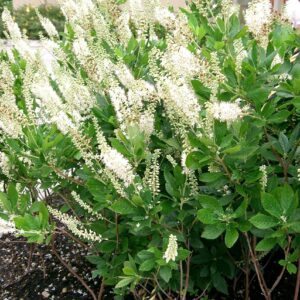
Common Lilac is a deciduous shrub known for its fragrant, colorful flower clusters in spring. Ideal for screens, hedges, and cottage garden focal points.
$35.99 Original price was: $35.99.$19.99Current price is: $19.99.
Please note: Sizes 1.5 Gallon and up can’t be shipped outside the counties of Nassau, Suffolk, Brooklyn, and Queens.
Learn more about how the process works and how our plants are delivered.
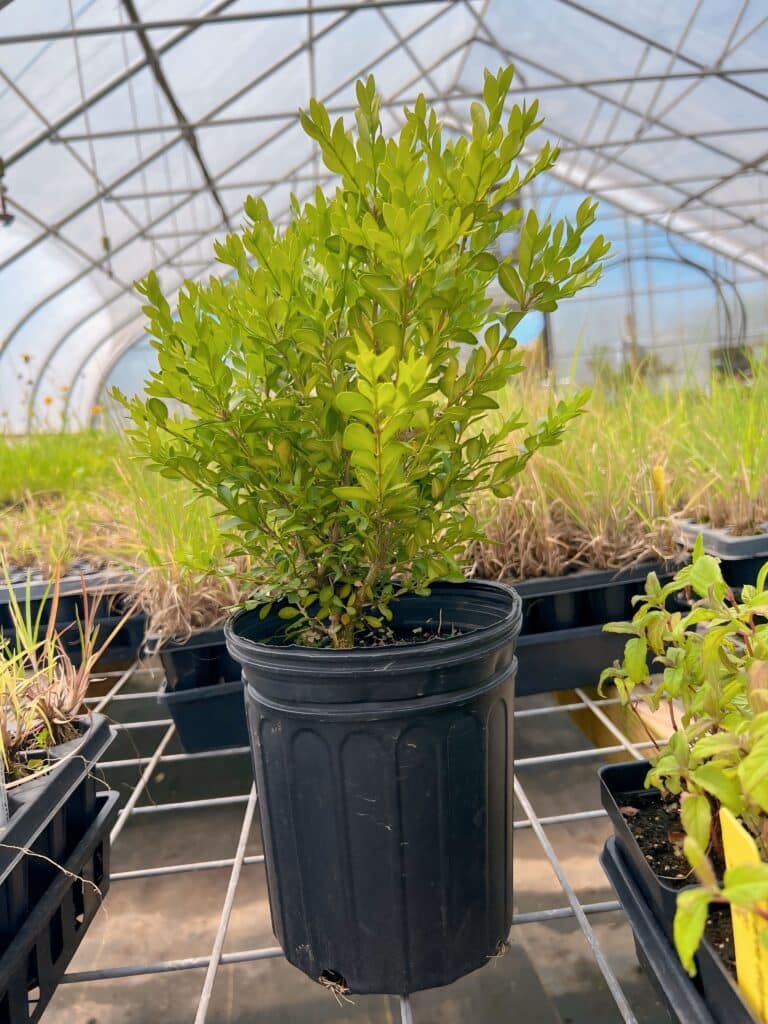


| Size | |
|---|---|
| Common Name | |
| Type | |
| Family | |
| Native Range | Southeastern Europe |
| Native? | Non-Native |
| Zone | 3, 4, 5, 6, 7 |
| Height Range (ft.) | 8.00 to 15.00 |
| Spread (ft.) | 6.00 to 12.00 |
| Bloom Time | |
| Bloom Description | Clusters, Highly fragrant, large, lilac-purple, tubular flowers |
| Sun | |
| Water | |
| Maintenance | |
| Suggested Use | |
| Tolerate | |
| Attracts | |
| Growth Rate |
Syringa vulgaris, commonly known as Common Lilac, is a deciduous shrub cherished for its highly fragrant, showy flower clusters that bloom in mid to late spring. Growing 8 to 15 feet tall and wide, this traditional favorite produces dense panicles of lavender, purple, or white flowers that attract butterflies and pollinators, making it a staple in cottage gardens and classic landscapes.
The shrub’s upright, multi-stemmed habit makes it an ideal choice for hedges, privacy screens, or as a standalone specimen plant. While Common Lilac is celebrated for its ornamental and sensory appeal, it is not a native plant and offers limited ecological support for wildlife.
/5
Total reviews
|
|
Persons recommended this product
Anonymous
Shopper
check_circle Verified
Shop owner replied
Was this helpful
Anonymous
Shopper
check_circle Verified
Shop owner replied
Was this helpful
Your feedback helps us improve our service.
There are no reviews yet.
Be the first to review “ ”
Please log in to submit a review.
Only logged in customers who have purchased this product may leave a review
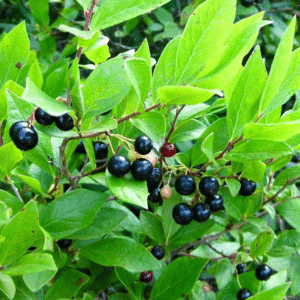
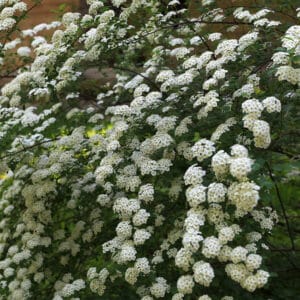
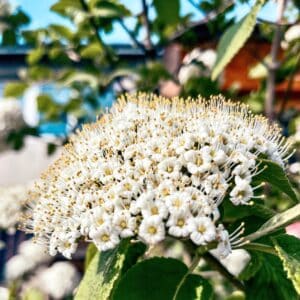
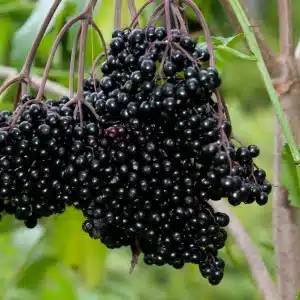


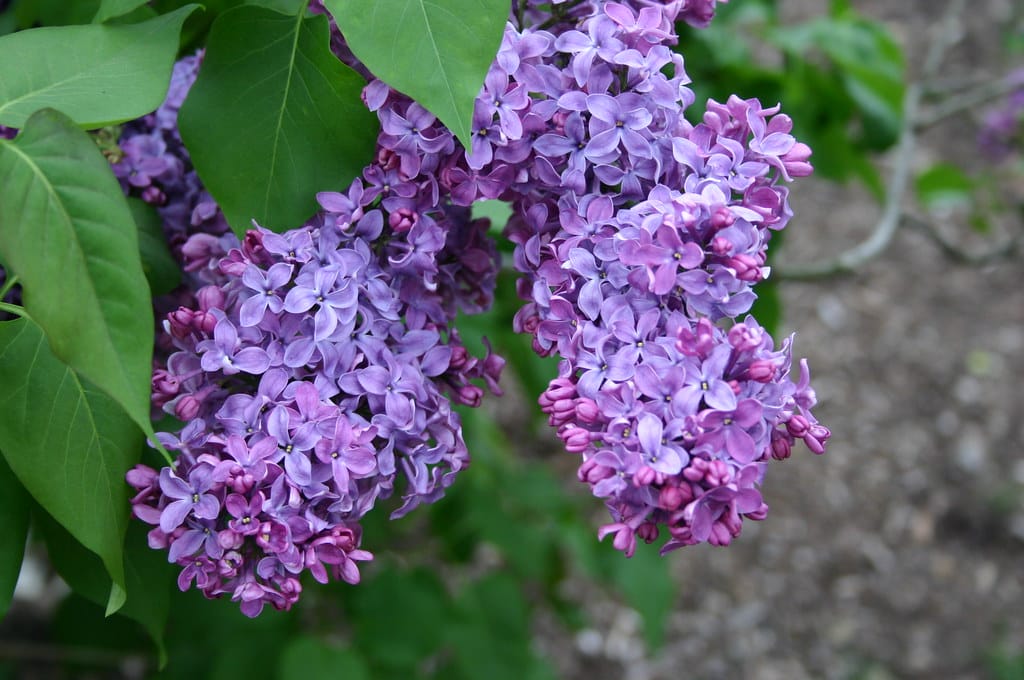
ommon Lilac thrives in full sun (at least 6 hours per day) and prefers well-drained, fertile soils with a neutral to slightly alkaline pH. It does best in areas with good air circulation to prevent powdery mildew and other diseases.
This deciduous shrub typically grows 8 to 15 feet tall and 6 to 12 feet wide, forming a large, multi-stemmed, upright shrub. It can be pruned to maintain a smaller size or shaped into a tree-like form.
Common Lilac blooms in mid-to-late spring (typically May), producing fragrant, cone-shaped clusters of flowers that come in shades of purple, lavender, pink, and white, depending on the variety.
Yes! Lilacs attract butterflies, bees, and hummingbirds, making them an excellent choice for pollinator-friendly gardens. The dense branches can also provide shelter for small birds.
Lilacs are generally low-maintenance, but they benefit from pruning immediately after flowering to maintain their shape and encourage new blooms. Removing older stems every few years helps improve air circulation and reduce the risk of disease.
Our gift cards make it easy to share the beauty of plants, flowers, and all things green. Whether for a special occasion or just because, give the gift of choice and let them select their favorites to create a garden they’ll cherish.
BUYING HIGH QUALITY PLANTS HAS NEVER BEEN EASIER
Our plants are easy to order, plant, and enjoy! Bringing pollinators to your property improves vegetable yields – Feed the bees!
Sign up for our email list!
Copyright © 2025 Bumbee’s | Web design and SEO by Searles Graphics